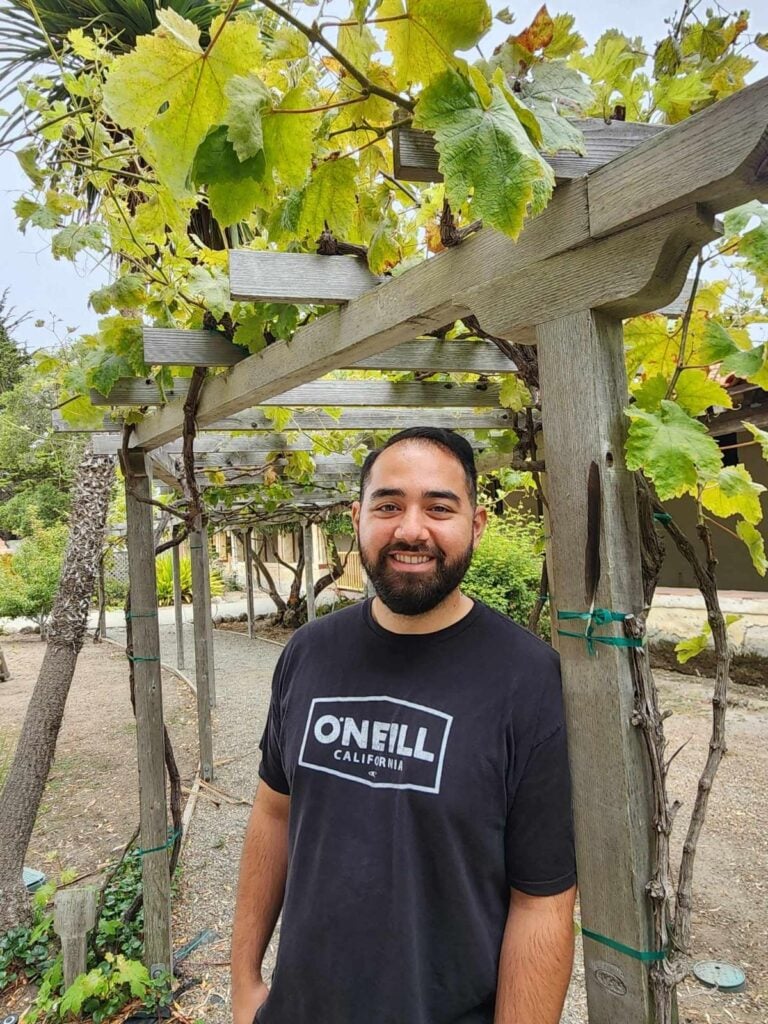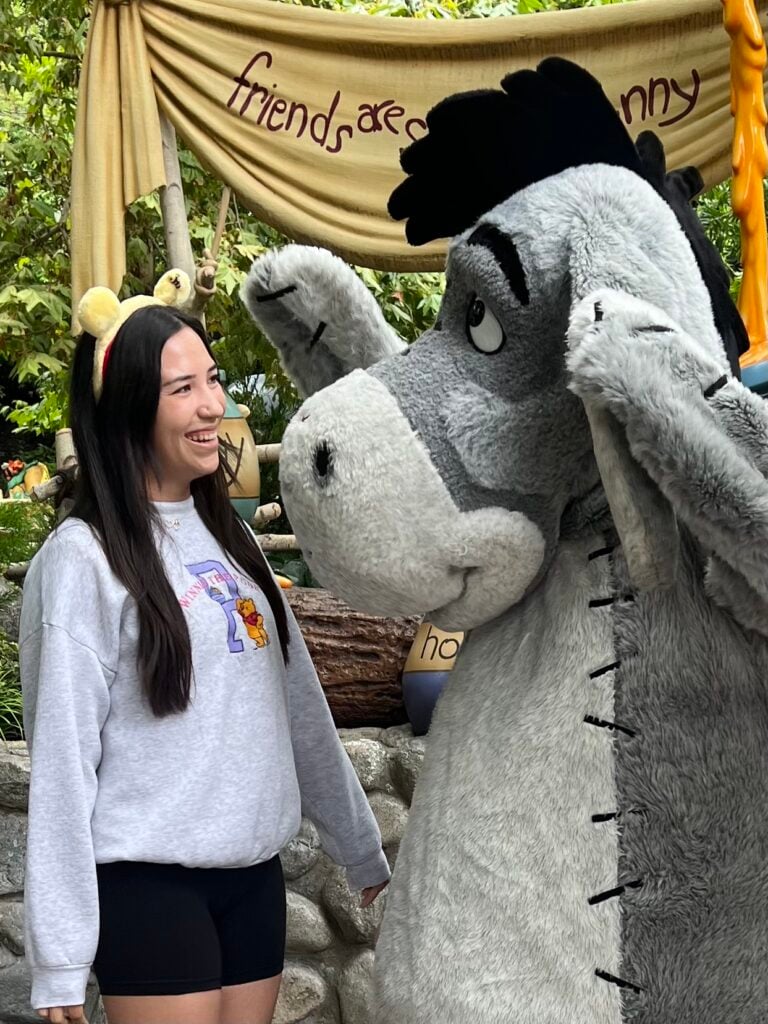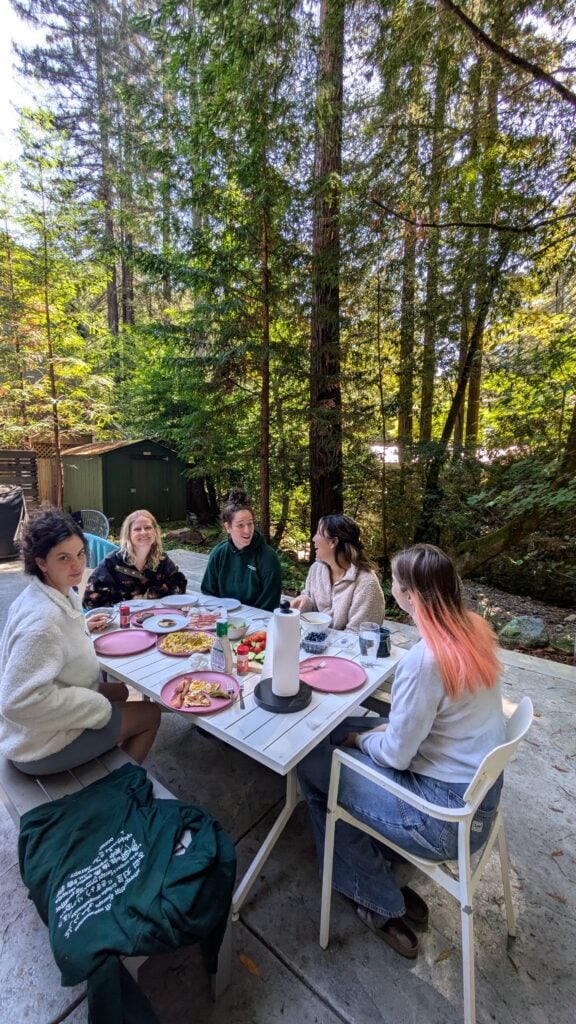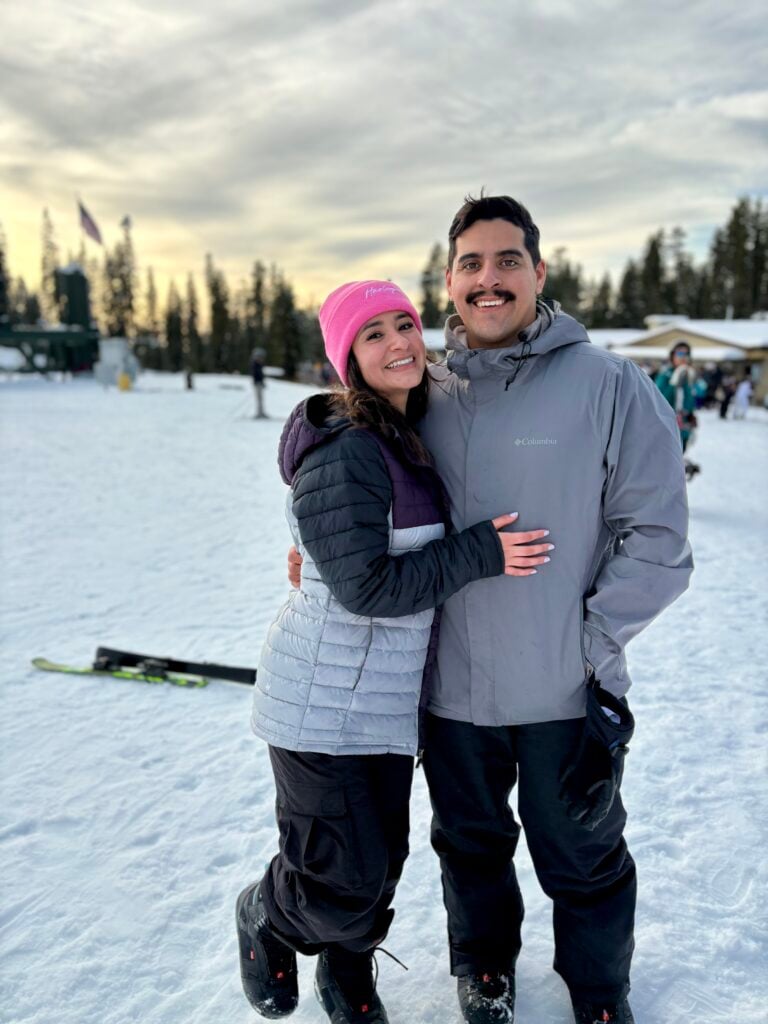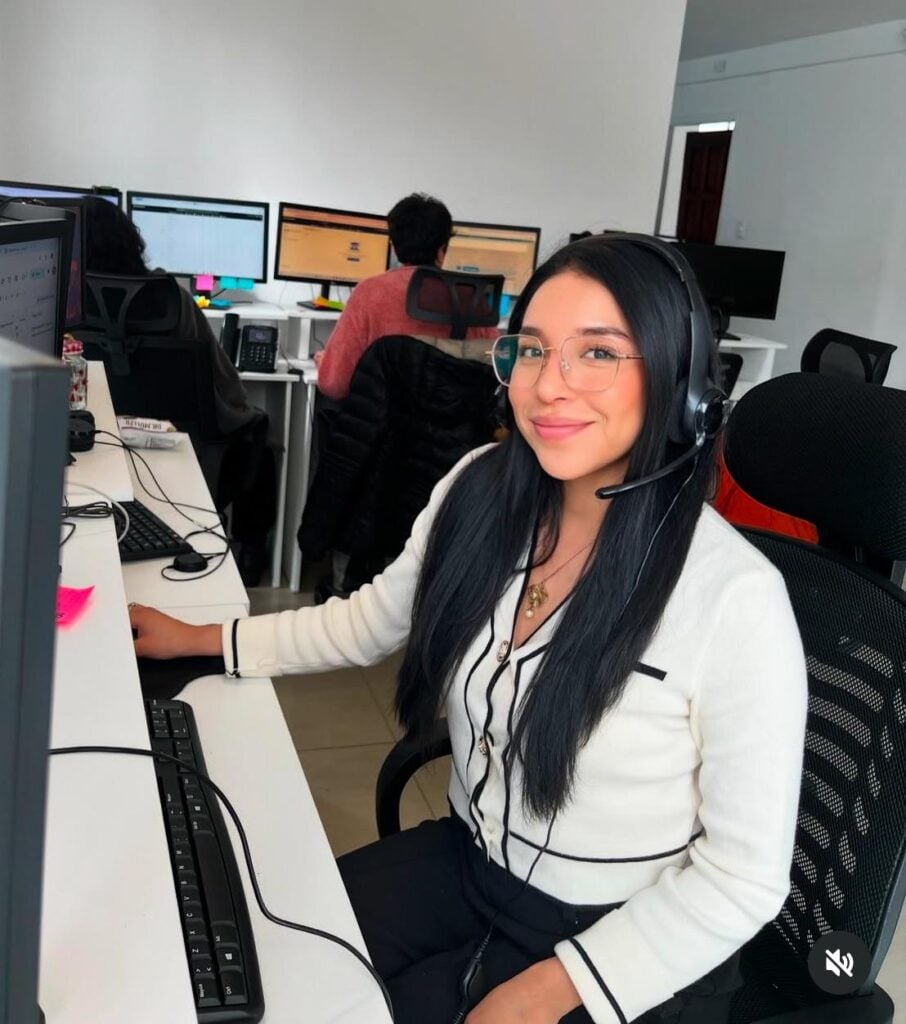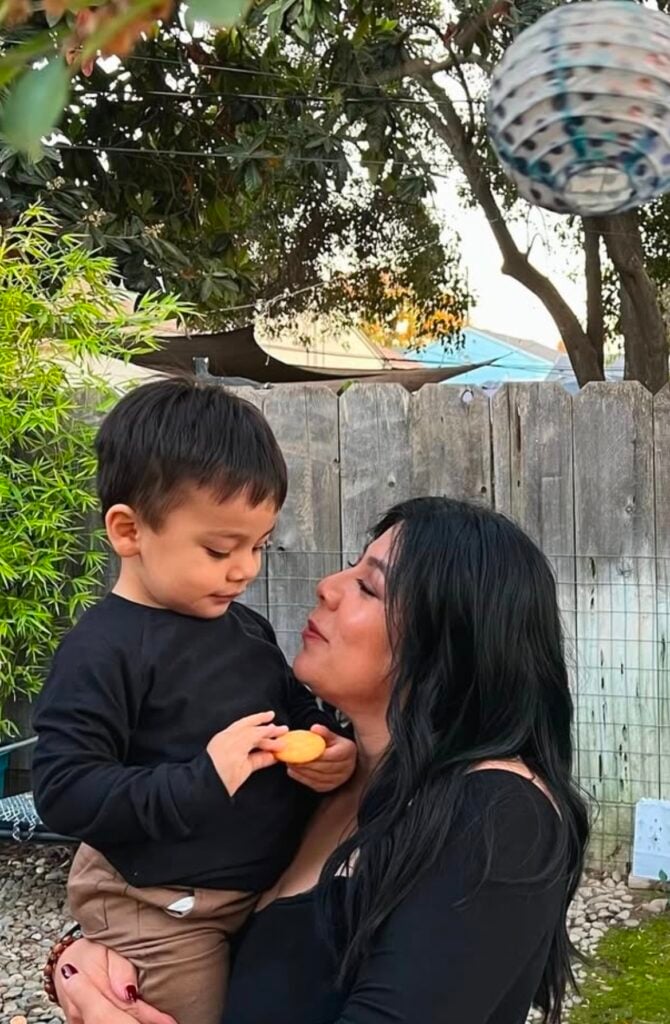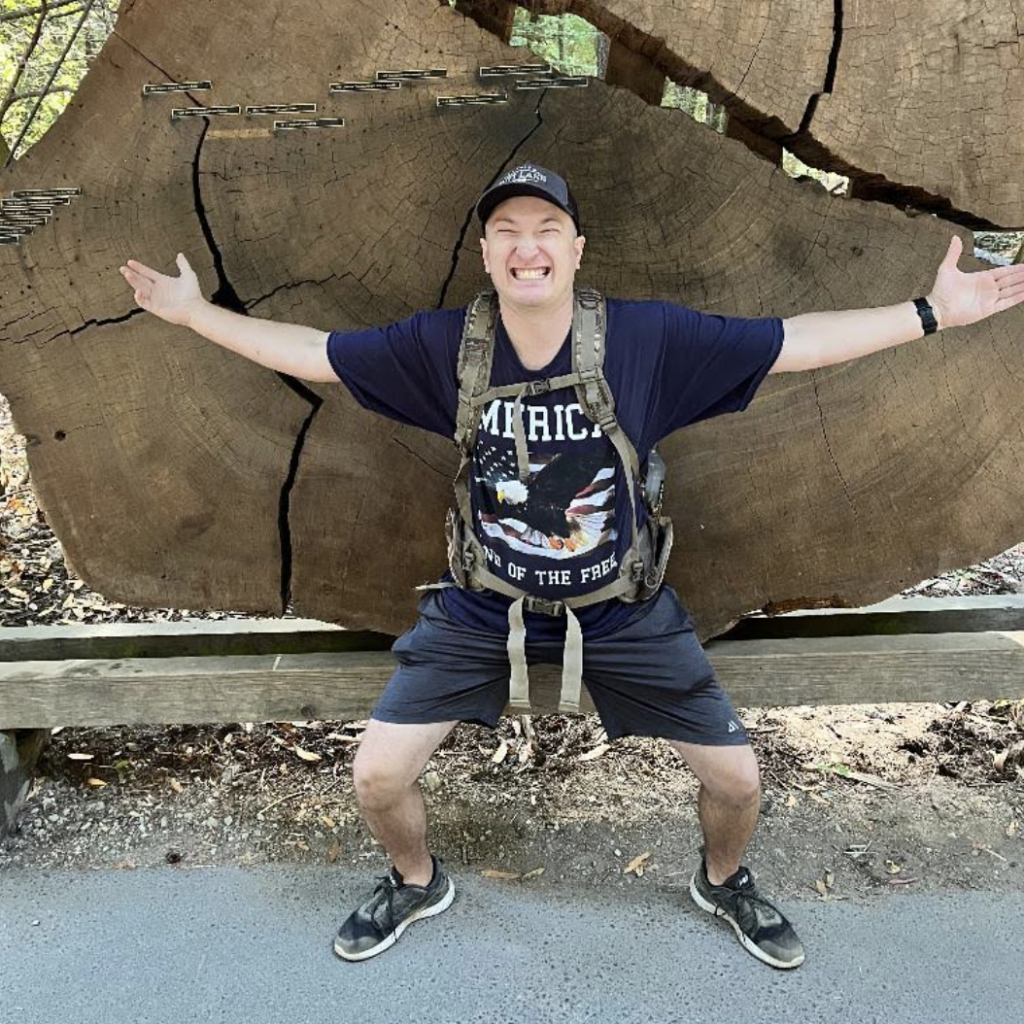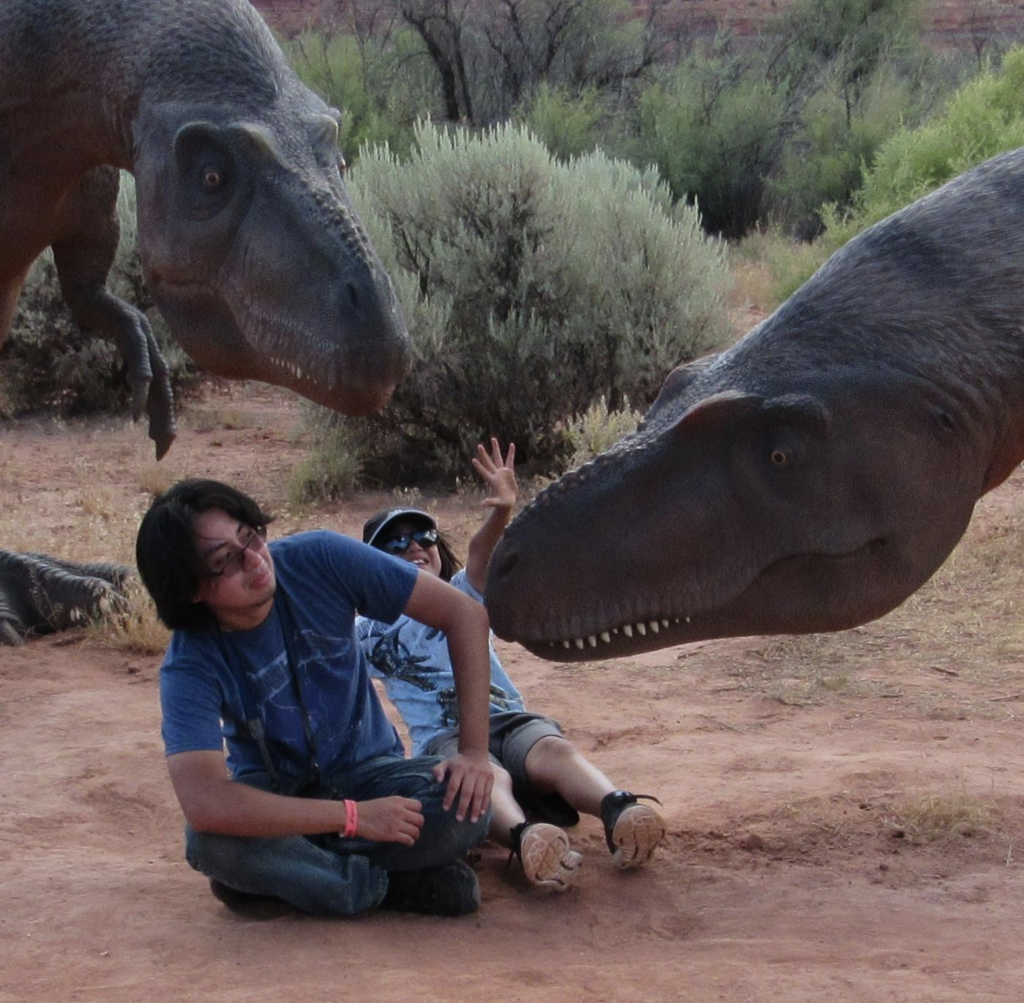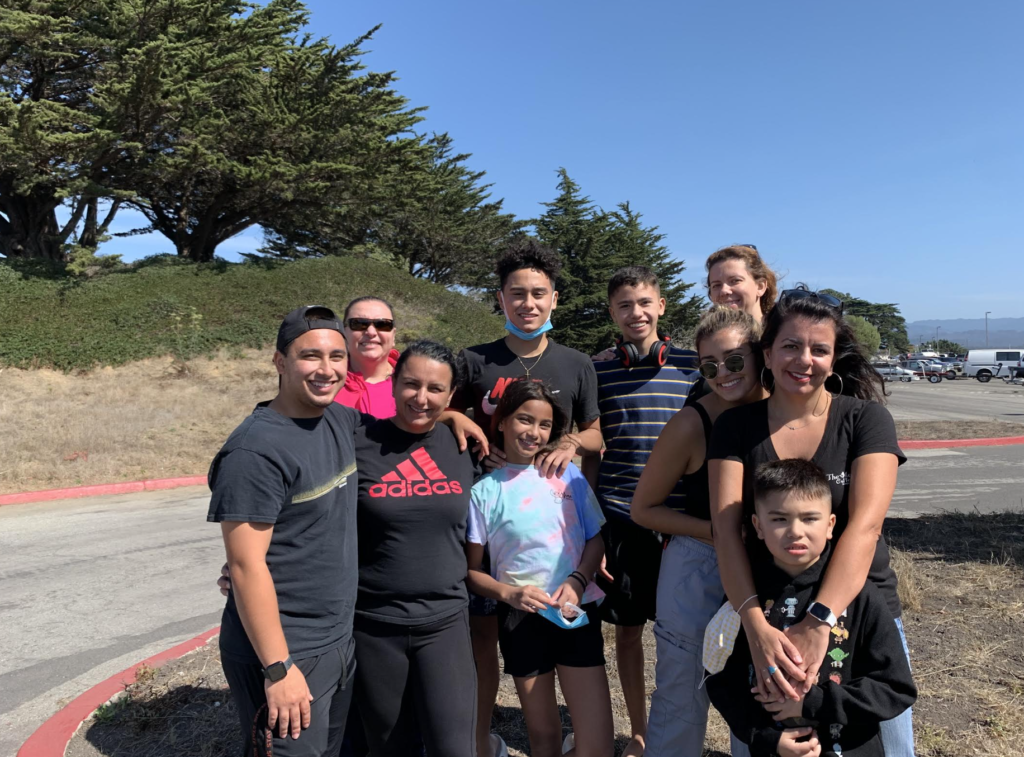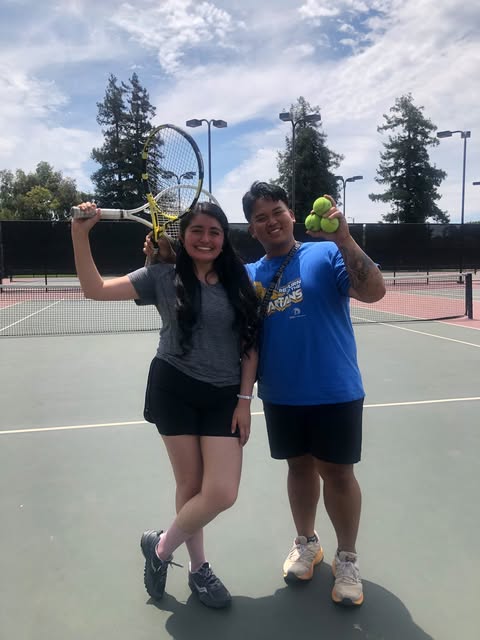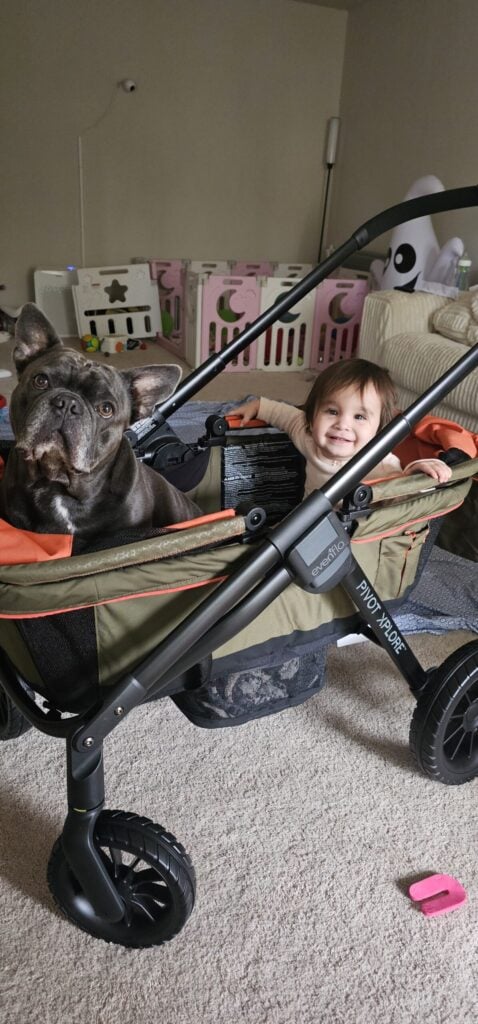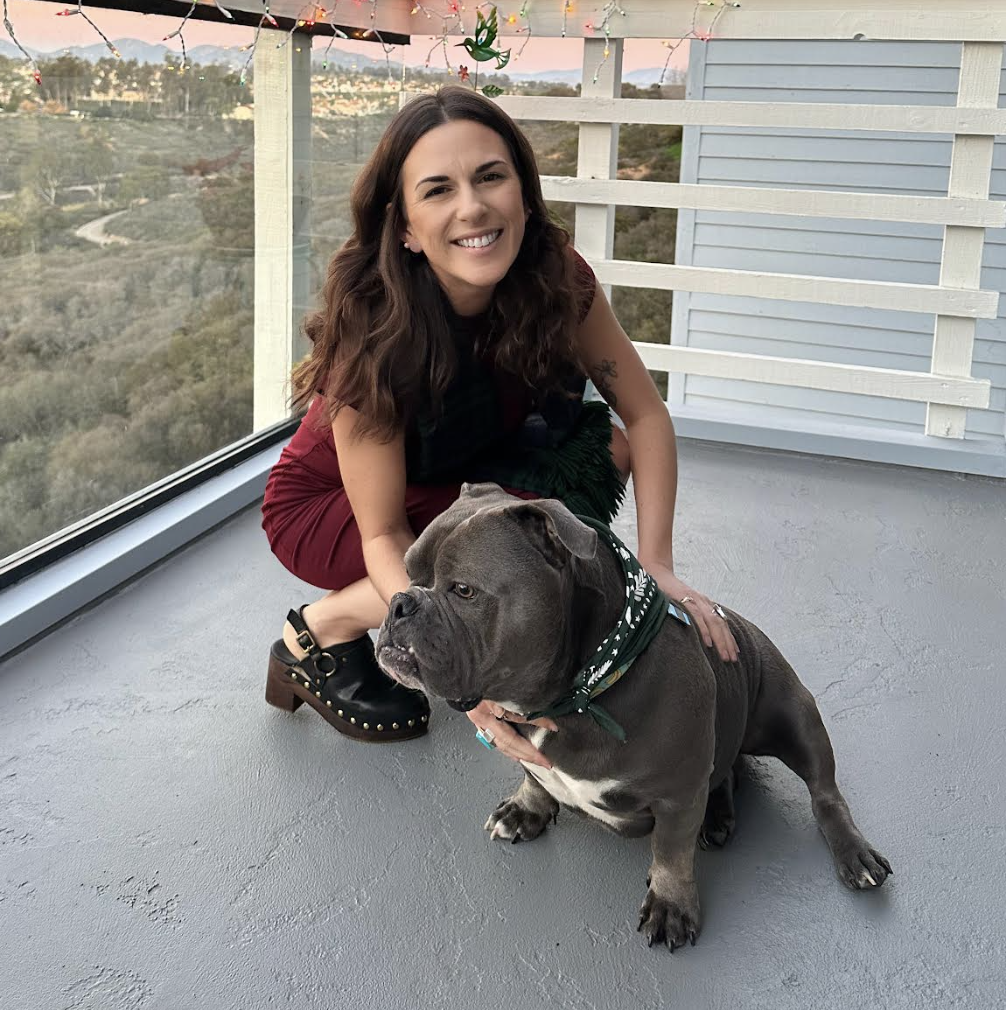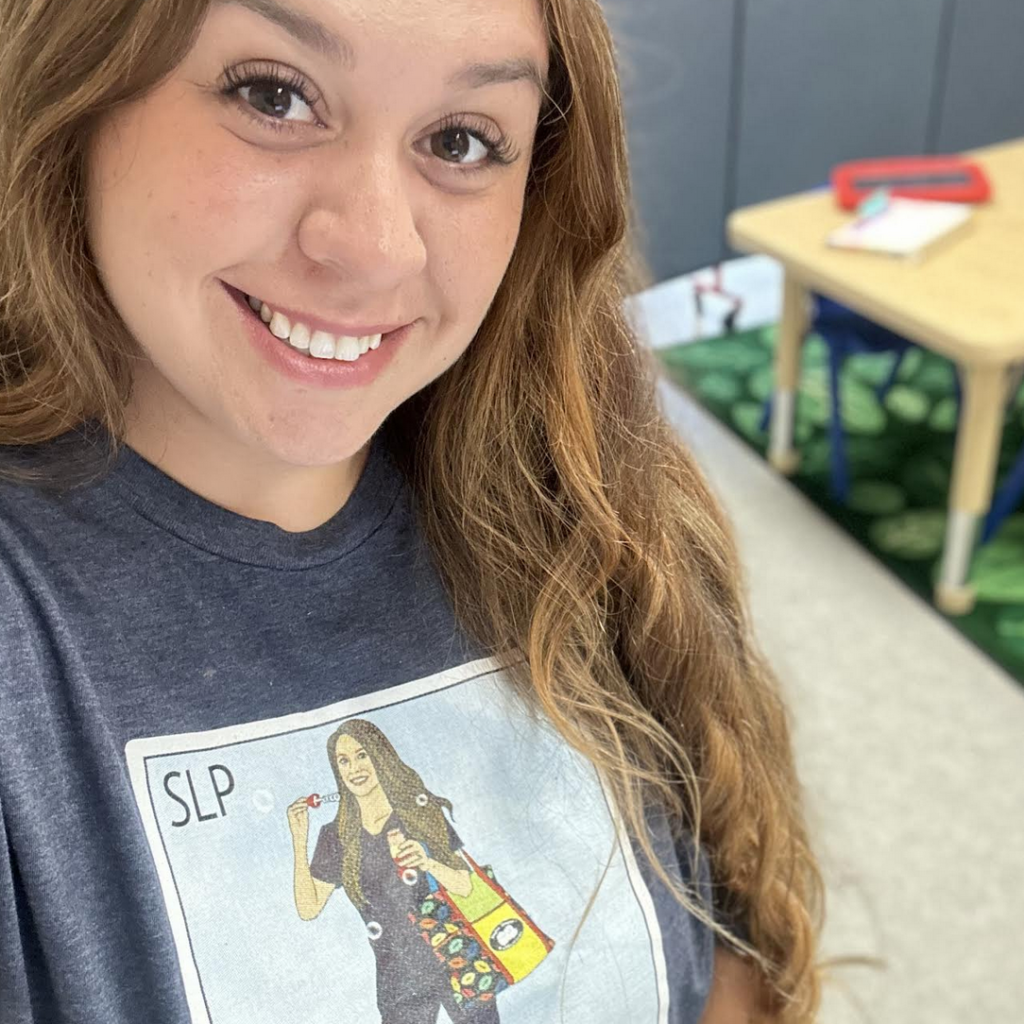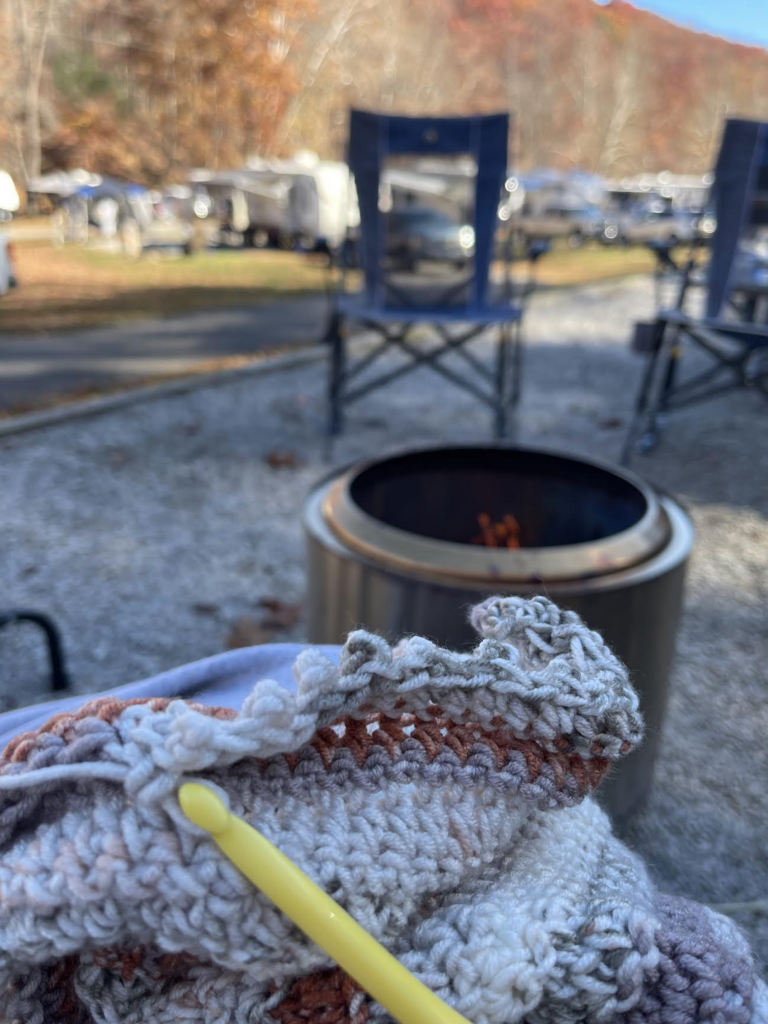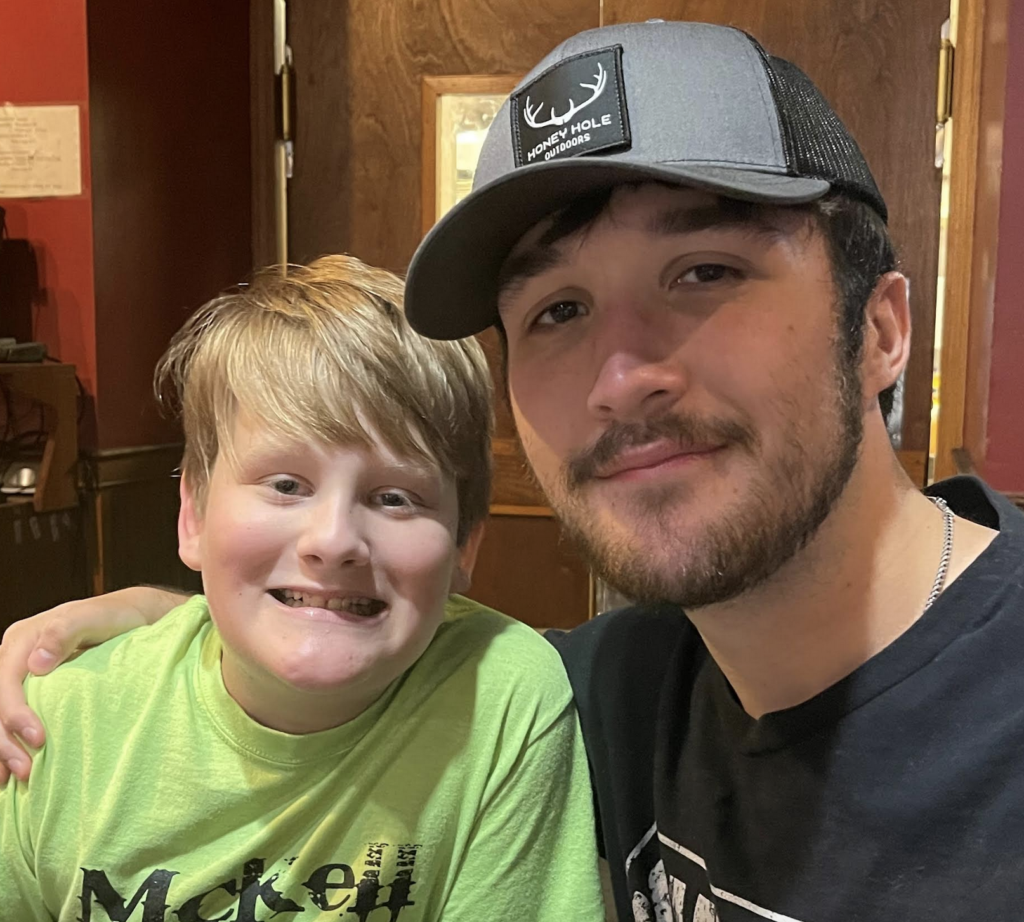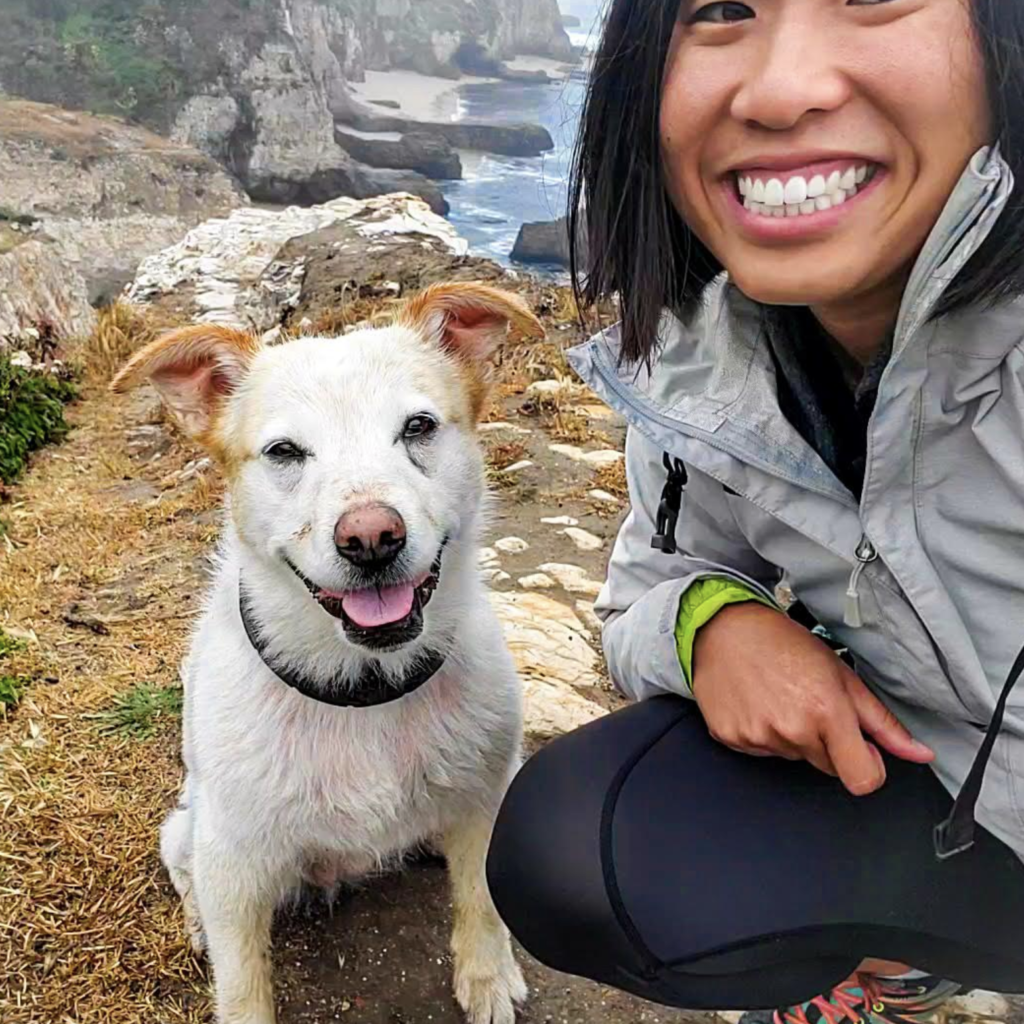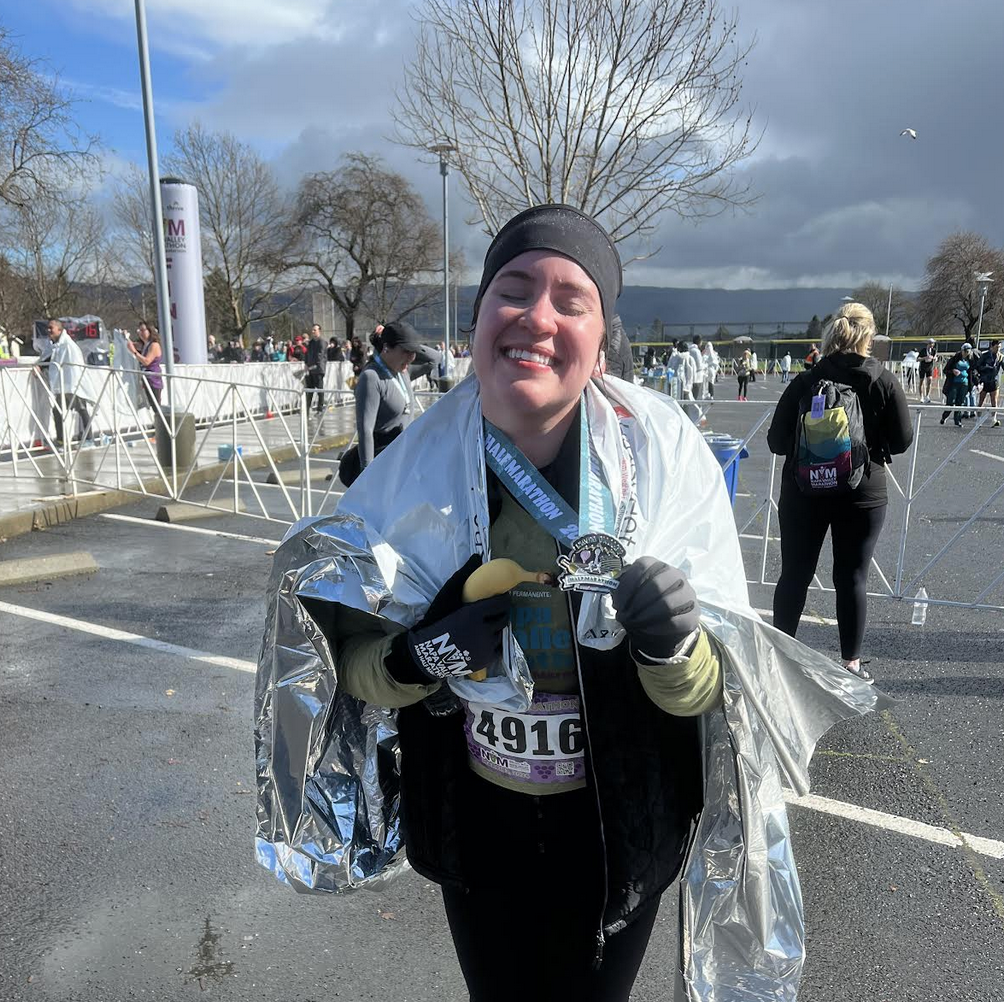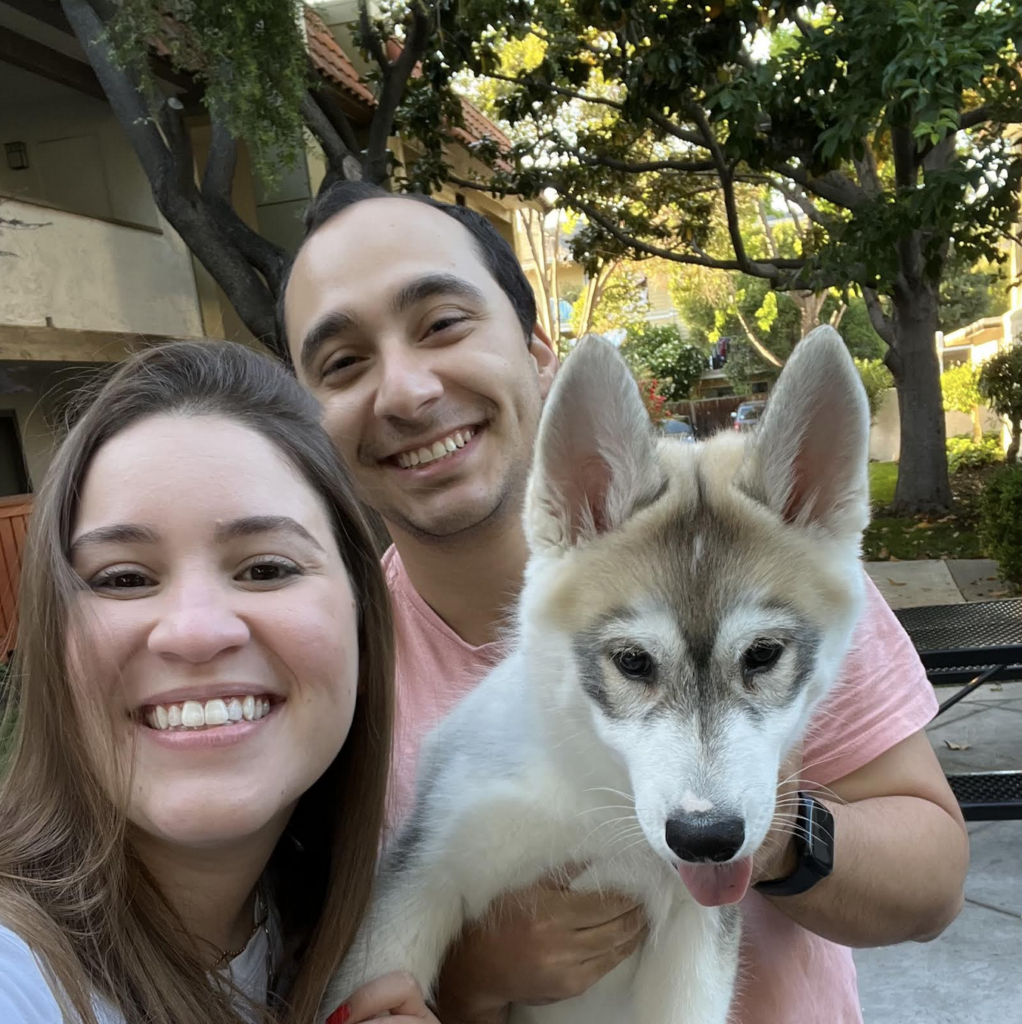
A midline is an imaginary line that divides your body in half: right and left. Crossing the midline means your child can reach across this imaginary in to perform a task with their arms and feet.
Most children develop this skill between the age of 3 to 4. Your child might need help with this skill if:
- They get stuck when trying to move their arms or legs to the other side of the body
- They move their whole body while trying to reach their arms or legs to the opposite side of the body
Why are crossing the Middle Line exercises important?
As OTs, we encourage the development of the middle line because:
- It helps children make full use of their hands and feet. They don’t have to switch hands or feet when they have to extend them to another side of the body.
- It improves fine motor skills.
- It improves coordination between the right and left sides of the brain.
- It improves visibility tracking so children can read better.
7 Crossing the Midline Exercises
Some crossing the midline exercises you can try at home are:
Bicycles
You don’t need an actual bicycle to practice this. Also, three-wheelers are a great way to get your children to develop all kinds of gross motor skills.
Get your child to lay down on his back. Ask them to put their hands behind the head and bend their knees. Now get them to reach their left knee towards the right hand and vice versa.
Figure 8
Make a figure 8 with chalk on the floor. Ask your child to sit in the middle and trace the line with one finger first and then the other. You can also ask them to walk on the line.
Twister
The classic Twister game is a great way for kids to stretch both their arms and legs. And since it’s so much fun, kids would love playing the game for hours.
Hot Potato
You’ve probably played this game in your childhood without realizing how it helps in strengthening your midline. This exercise needs to be performed in a group. Ask 4-5 children to sit in a circle and pass on a pillow. Turn on the music. When the music stops, the child with the potato in their hands has to do something.
Remember to switch the direction of the pillow movement to ensure both arms get enough exercise.
Windmills
Ask your child to stand and extend their left arm to the top. Now move the entire arm in circles. Pretend to be windmills. Repeat with the right arm.
Painting
Painting is one the best ways to get your child to make use of both arms. You can even extend the activity and allow them to paint with their toes. You can also make use of spray guns, toothbrushes, or other materials to allow better control over their arms and legs.
Household Chores
Simple chores like dressing up, zipping, washing the windows or your car, watering the garden or cleaning the table can help your child practice movements that help them extend their arms. The idea is to let your child use both hands to make broad sweeping movements.
If you feel your child is not reaching developmental milestones on time and is unable to perform these crossing the midline exercises, reach out to our team and book a free consultation with us.
